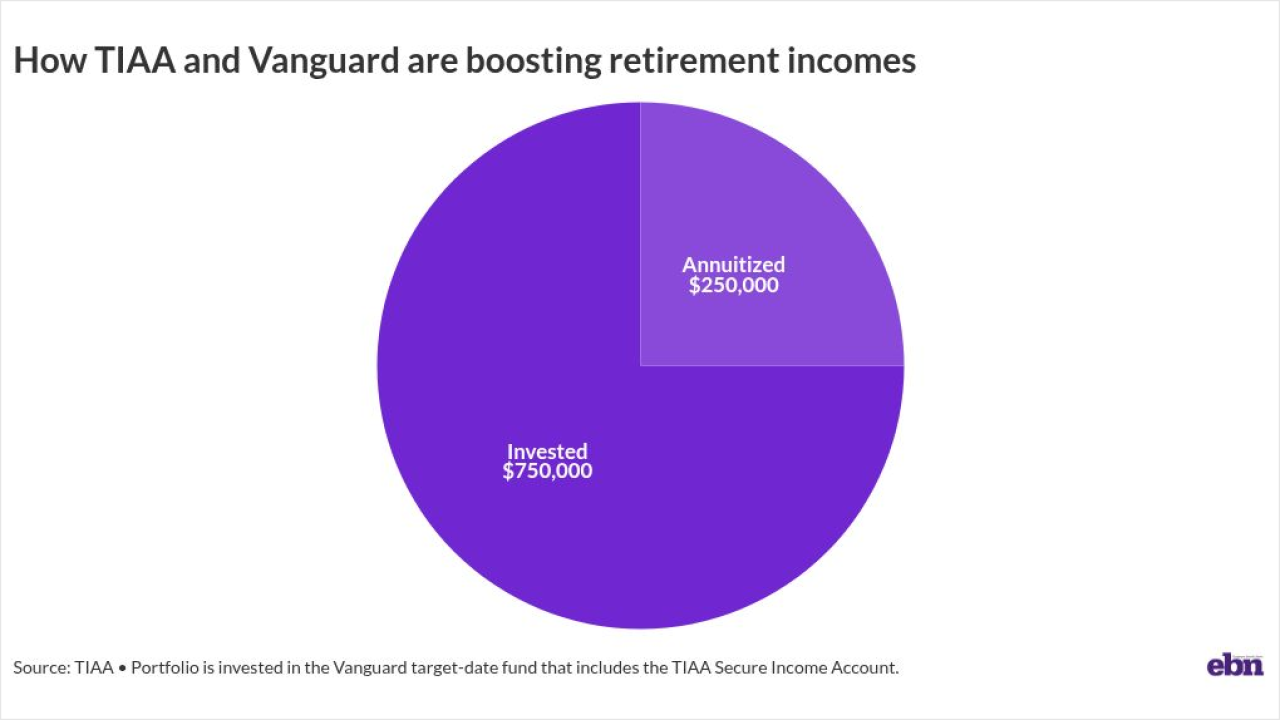From a pandemic and the move to remote work, to natural disasters and social justice protests, 2020 has been a rollercoaster. These events are having a meaningful impact on companies as employees look to their employers for support. Many organizations have stepped up their efforts to address some of these big challenges our society is facing today, while simultaneously investing in the future of every employee — and the company as a whole.
In the current market environment as HR and benefits leaders look ahead and plan for 2021, Diversity and Inclusion (D&I) initiatives have taken on increased importance. D&I initiatives are no longer nice-to-have, but rather vital for organizations to thrive as employees increasingly demand them. Monster.com found that 62% of job candidates
Read more:
Although there are a lot of important threads to the D&I conversation, there's one element that often gets left out: financial wellness. That’s a critical oversight given the wealth gap in this country. The
Growing up in apartheid South Africa, I saw firsthand how the depth of systemic racism permeated society. It became clear that lack of access to economic opportunity — and education to get there — was holding back generations. When I moved to the U.S. and founded BrightPlan, I made a commitment to advancing financial wellness to fuel equality. Employers have an opportunity to lead this transformation by ensuring financial wellness programs are an integral part of their D&I initiatives.
Financial wellness is core to D&I
Employers are working hard to expand their D&I initiatives. LinkedIn data shows there has been a
That’s where financial wellness can be very valuable. Even something as simple as education can be a powerful step forward. Financial education and literacy in the U.S. is extremely low, in general, but even more so in underrepresented communities. For example, a
But education alone isn’t enough. A successful financial wellness program should make it easy for employees to take action across their entire financial life. That means providing a complete view of all their personal finances in context of life goals, delivering clear recommendations and making it easy to monitor progress.
Employees expect their employers to provide essential benefits like health care and 401(k)s. It’s now time to add financial wellness to that list, with companies going beyond retirement plans to offer complete financial wellness benefits. By helping underrepresented communities achieve financial wellness, employers can play an active role in bridging the wealth gap.
Gaining a competitive advantage
Including financial wellness as part of employer provided benefits and D&I initiatives doesn’t just benefit employees and society as a whole. It’s also good for business. We’ve seen compelling data from enterprises revealing that financial wellness as part of a broader well-being strategy, improves employee engagement and workplace happiness, while increasing retention and strengthening recruitment efforts. Moreover, data shows that diverse companies perform
Data from PwC shows finances are by far
I’ve seen firsthand that demand for financial wellness solutions is soaring as COVID-19 and D&I conversations have motivated employers to seek innovative solutions. With D&I set to be a priority for employers headed into 2021, financial wellness will be even more valuable as an actionable program that directly addresses root causes, empowering companies and employees to enact lasting change.
Diversity pays off in many ways, and we're just starting to scratch the surface of how financial wellness can support more equitable organizations. By adding financial wellness as a key component to D&I initiatives, employers can take a leadership role in advancing equality and creating generational wealth for all employees while gaining a competitive advantage.






